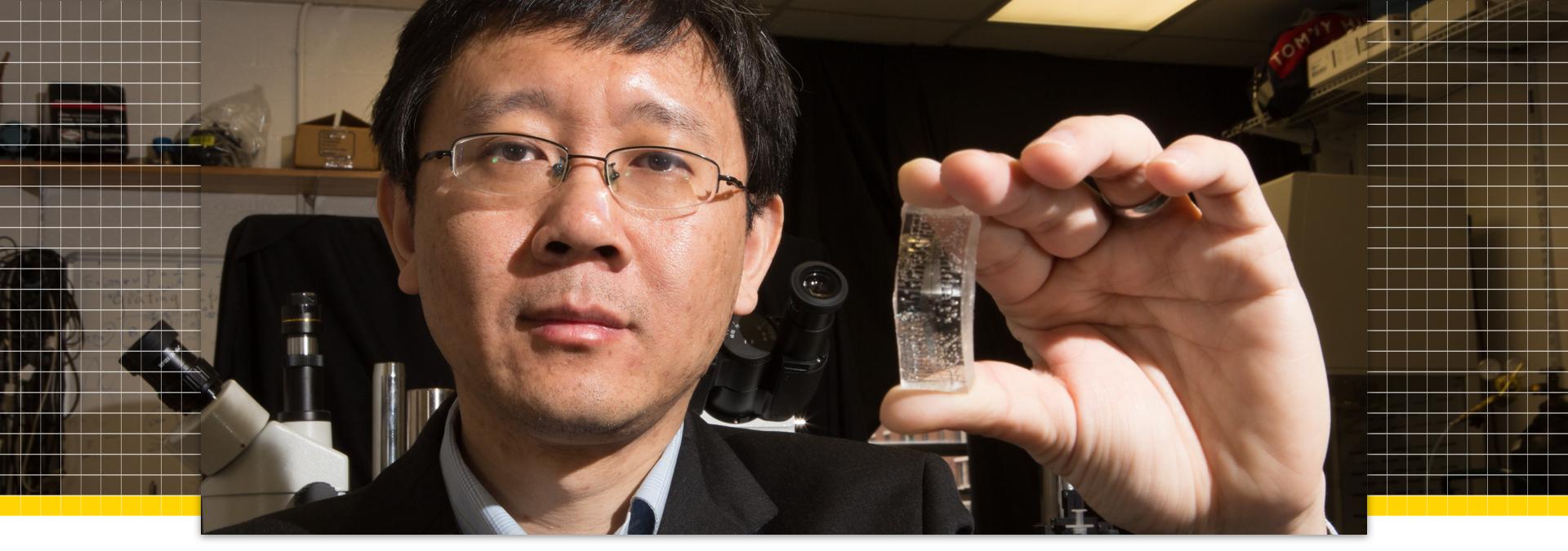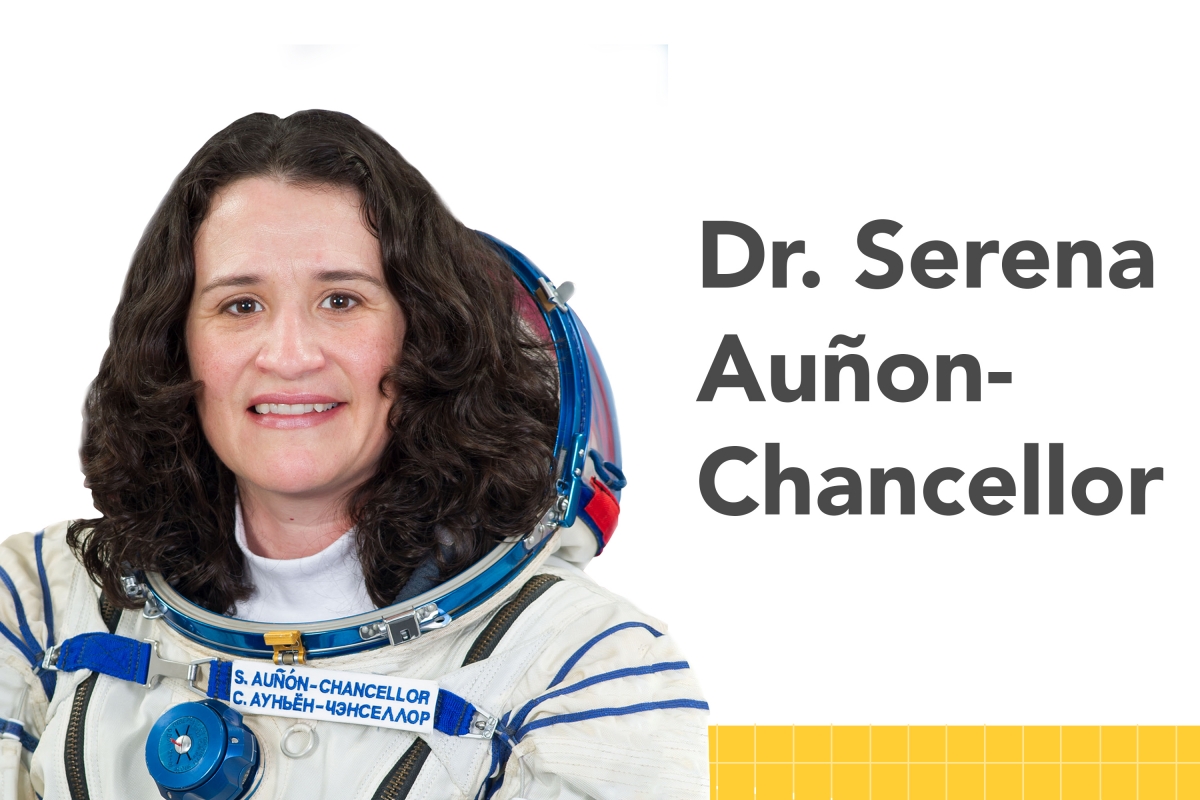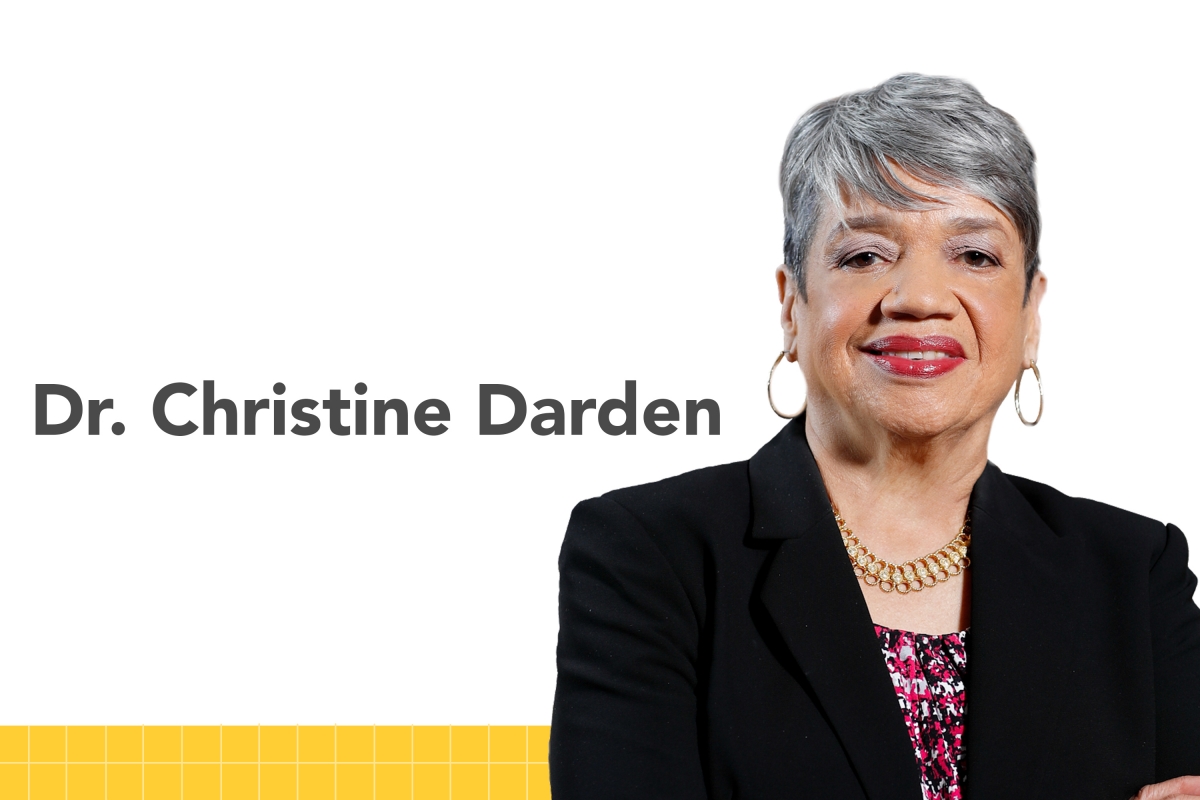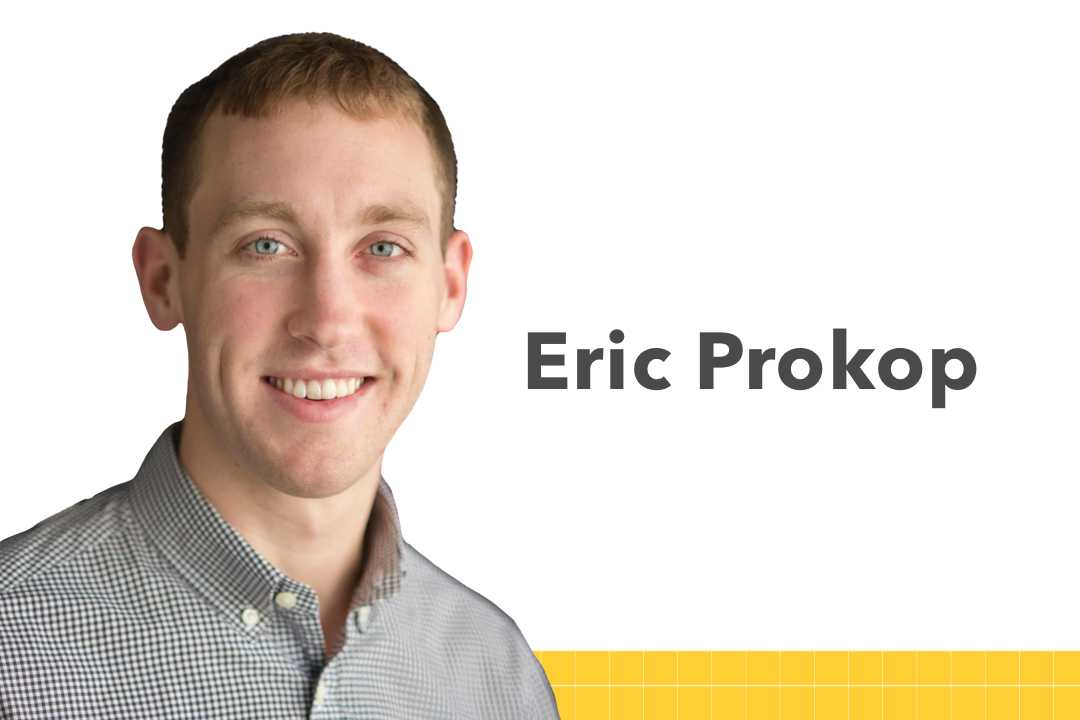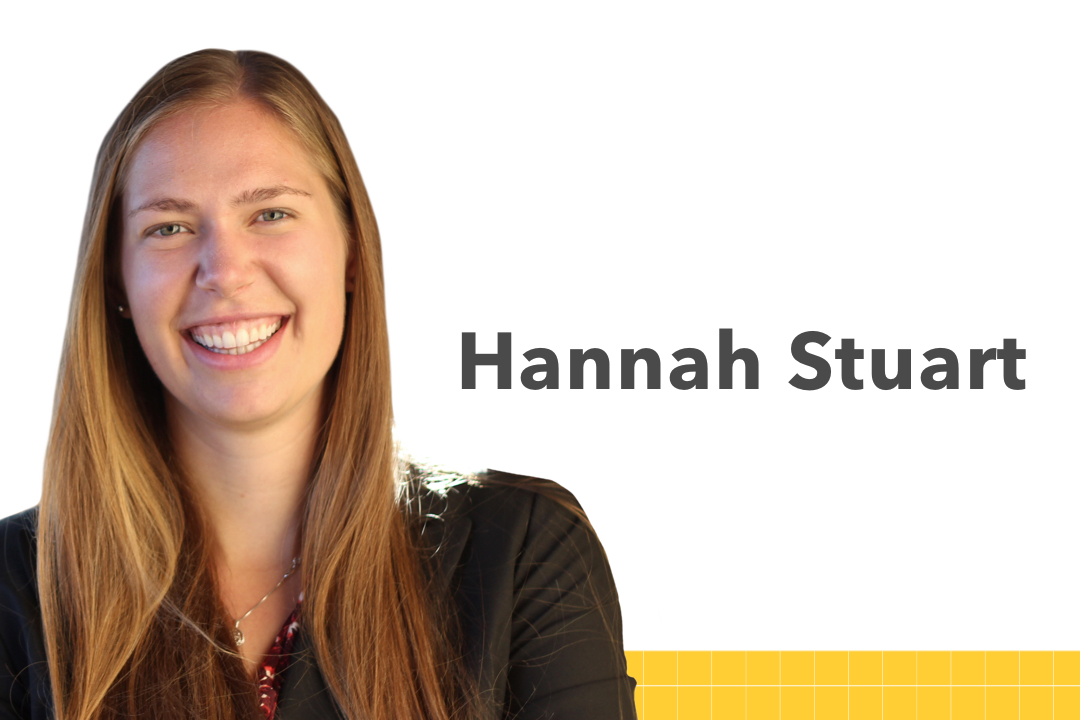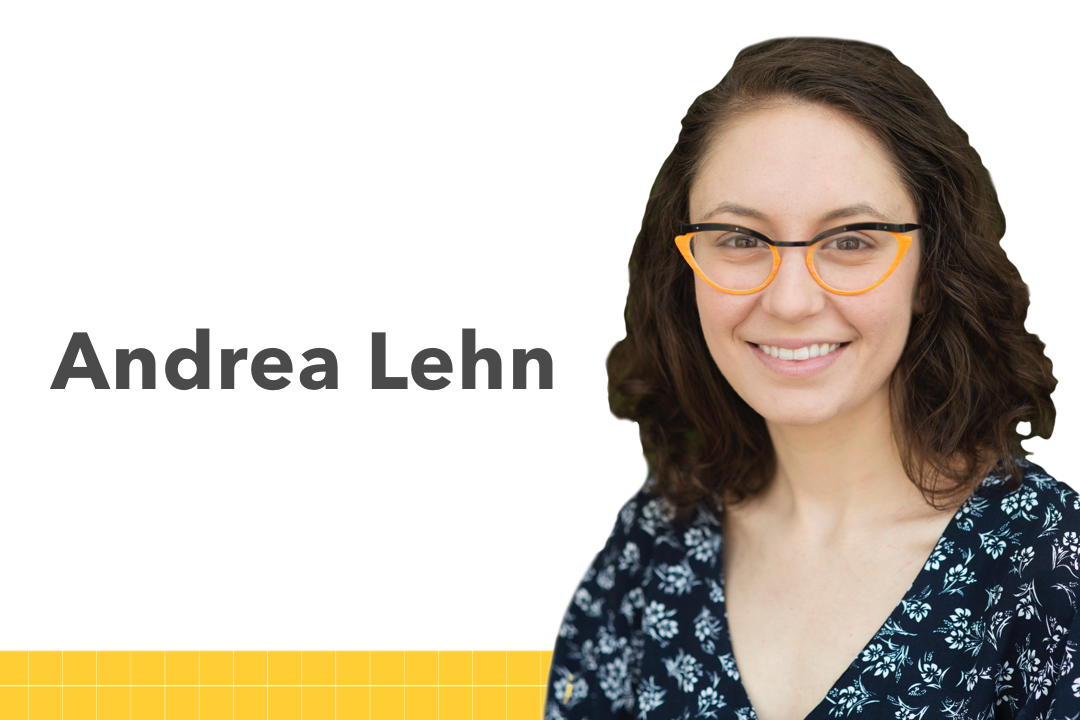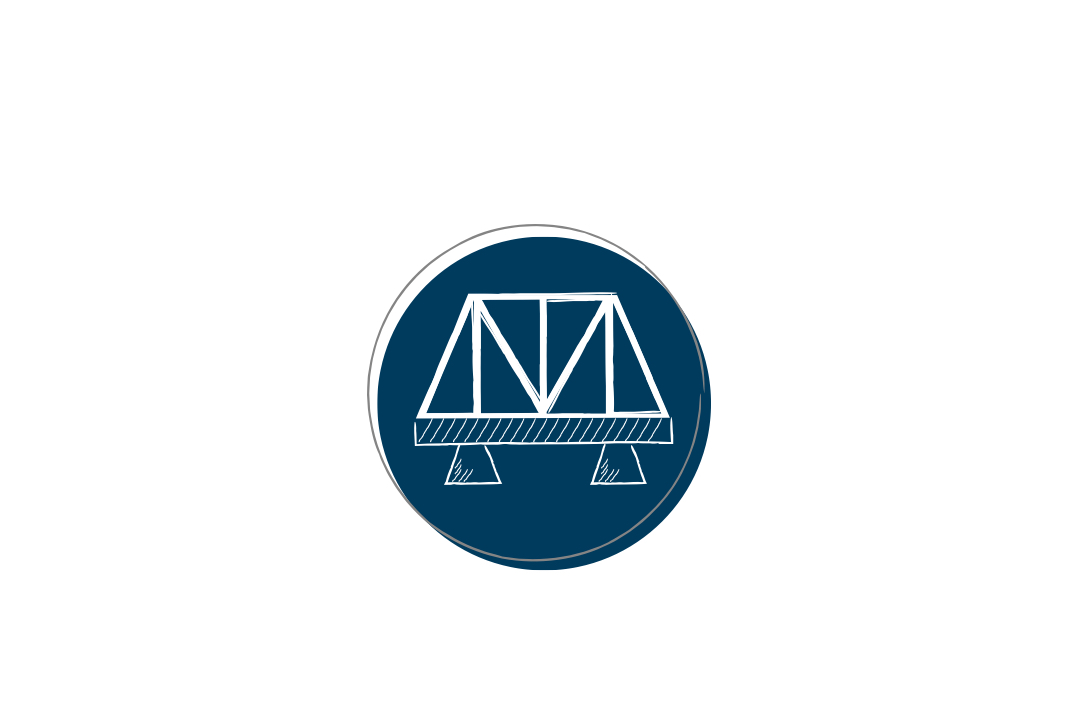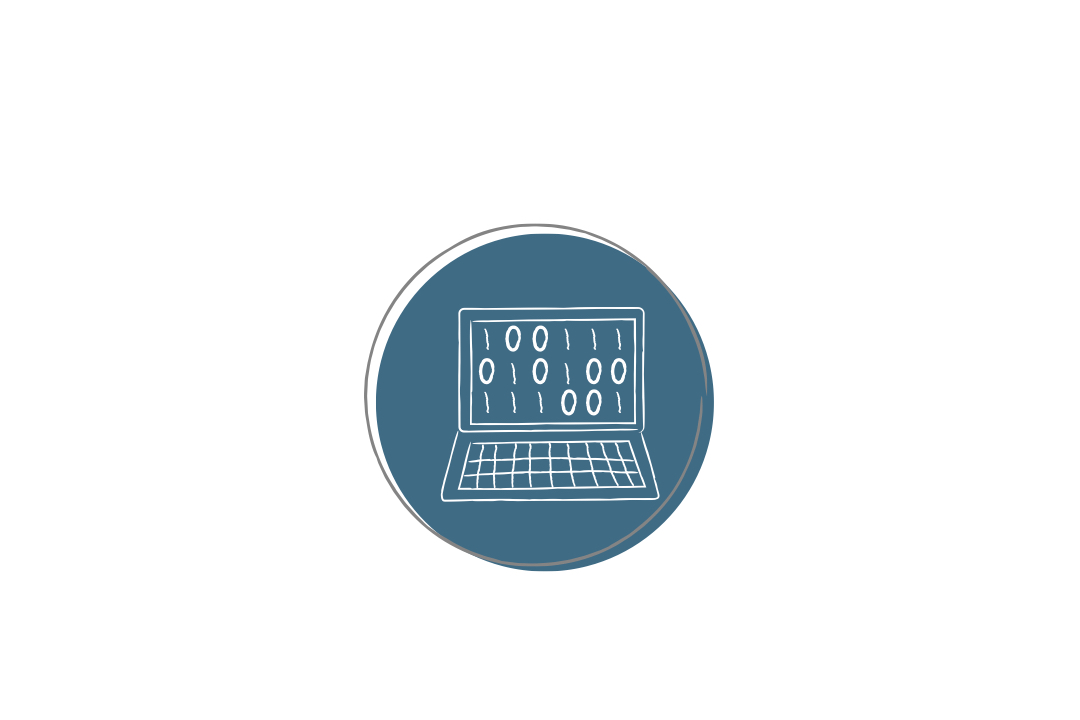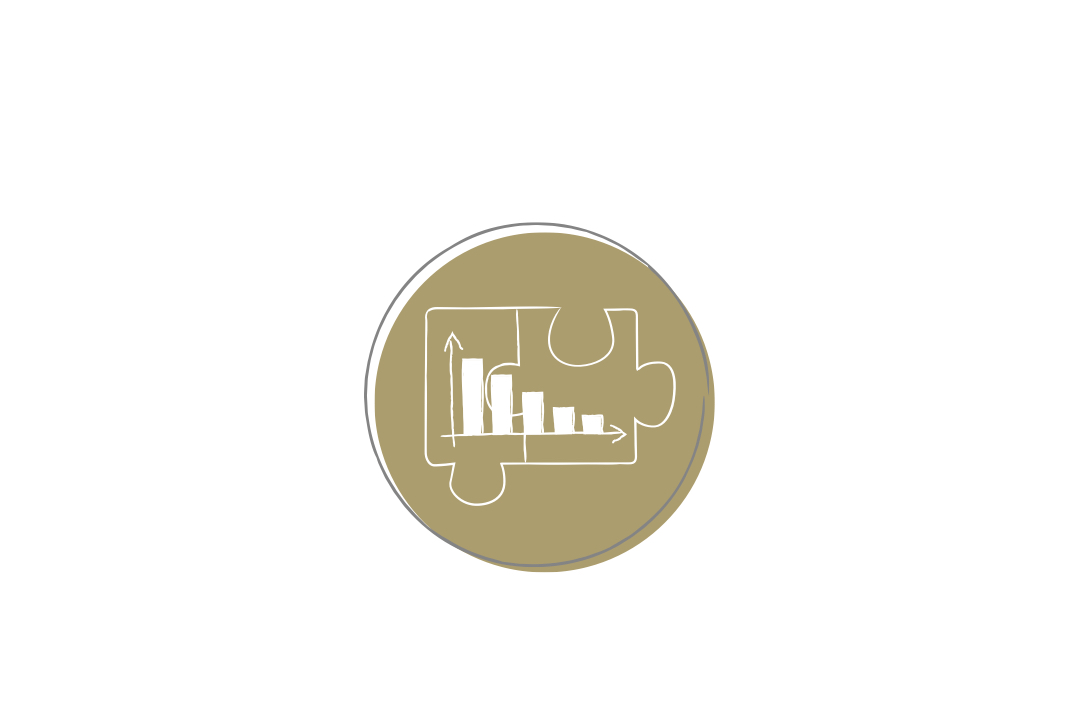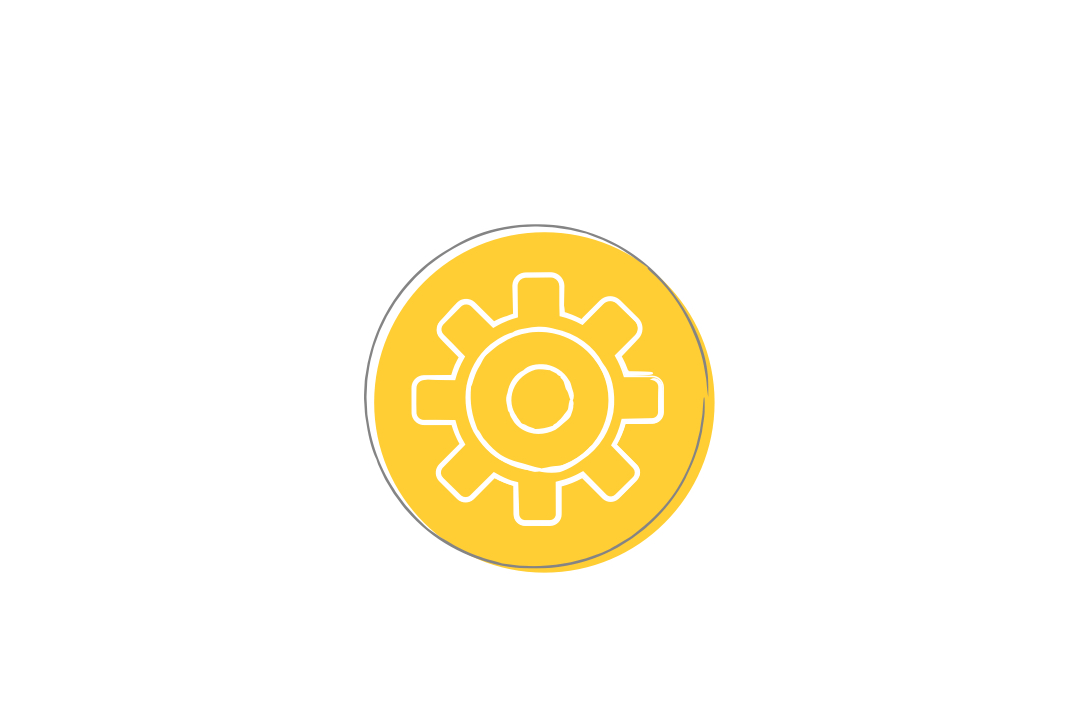On the Rise
ON THE RISE:
Washington, D.C. is more than monuments and museums. This is where national programs in engineering, science, and technology are debated, created, launched, and managed. And here in the heart of Washington D.C. is SEAS, a rising world-class center for engineering research, learning, and innovation.
Climbing Quickly
GW’s graduate engineering programs and online engineering masters programs are moving quickly up the U.S. News & World Report rankings. Our graduate engineering programs have risen 25 spots in just four years, now ranked #67 among the 2021 Best Graduate Engineering Programs. In January, U.S. News released its 2023 Best Online Graduate Engineering Programs rankings, with our online masters programs ranked #12, climbing from #55 four years ago.
By the Numbers
.
World Class Faculty
SEAS is on a roll: in the span of eight years, we have recruited more than 45 new faculty members, most of whom graduated from top engineering and computer science programs in the U.S. and around the world: MIT, Georgia Tech, UC-Berkeley, Stanford, California Institute of Technology, Johns Hopkins, Princeton, University of London, and other top schools.
Our new junior faculty have won more CAREER awards (the most prestigious grants the National Science Foundation gives to junior faculty) and other top research grants than at any time in our history. Meet three of them who are studying interesting challenges and developing a range of creative solutions to them.
Professor Megan Leftwich
Professor Chung Hyuk Park
Professor Zoe Szajnfarber
Top Performers
Enrollment trends at SEAS are up—and so is our selectivity. Enrollment has grown steadily, and SEAS is educating—and graduating—some amazingly talented people. Meet a few of our recent and not-so-recent, graduates.
SEAS alumna Dr. Serena Auñón-Chancellor (PDF) is a NASA astronaut who spent six months aboard the International Space Station in 2018.
Jay Kaplan chose SEAS because the National Security Agency (NSA) had designated it a Center of Academic Excellence in Cybersecurity. Now an alumnus, Jay has launched his own cybersecurity company, and Forbes magazine named him to its “30 Under 30” list for 2015.
Dr. Christine Mann Darden, a retired NASA director and aerospace engineer and a GW alumna, is an internationally recognized authority in the field of sonic-boom minimization. Known as one of NASA’s “human computers” in the 60s and 70s, Dr. Darden’s story was featured in the 2016 bestseller, Hidden Figures.
Recent graduate Eric Prokop transferred into engineering as a sophomore. He thrived in the civil engineering program and is now doing his graduate study at Stanford University.
Hannah Stuart wanted a college that allowed her lots of opportunities and the chance to excel. That is what she did at GW—playing on the university’s volleyball team, participating in undergraduate research, and even flying aboard NASA’s zero-gravity airplane.
Andrea Lehn’s undergraduate research with Dr. Megan Leftwich got her started on a path that took her to national conferences to present her research and to a summer research experience at Harvard University. After graduating, Andrea started her doctoral studies at MIT.
Science and Engineering Hall: A Game Changer
GW’s Science and Engineering Hall (SEH) opened in January 2015, and this new 500,000-gross-square-foot, 14-story structure is giving faculty and students opportunities they previously only dreamed of.
Department of Biomedical Engineering
Our location near numerous federal agencies and research labs means unparalleled research and job opportunities for our students.
Department of Civil and Environmental Engineering
Our students have access to research facilities that range from our three-story high bay to the real-world lab of one of the world’s largest wastewater treatment plants.
Department of Computer Science
Through research and teaching, we contribute to computing breakthroughs that fuel advances across areas vital to our society and the world.
Department of Electrical and Computer Engineering
Led by 7 IEEE Fellows, our faculty conduct cutting-edge research in our state-of-the-art building.
Department of Engineering Management and Systems Engineering
Our department offers one of the largest engineering management and systems engineering programs in the U.S.
Department of Mechanical and Aerospace Engineering
We are home to one of the nation’s leading fluid dynamics programs, as well as research spanning traditional to emerging engineering areas.
Core Facilities
New core facilities—such as a vibration-free and particulate-free nanotechnology fabrication facility, a powerful imaging facility, and a three-story high bay for large engineering projects—are enabling possibilities for on-campus, state-of-the-art research across many disciplines.
Student Opportunities
Instructional spaces, such as the SEAS collaborative instructional cluster, the tower of teaching labs, or individual teaching labs, create opportunities for students to discover, collaborate and innovate in this state-of-the-art facility.
Learning
Learning doesn’t just take place inside the classroom or lab. It happens wherever people gather and exchange ideas. And the SEH has plenty of gathering areas, from a student clubs area, to group study rooms, to team work rooms. This is where we learn; this is where we innovate.


